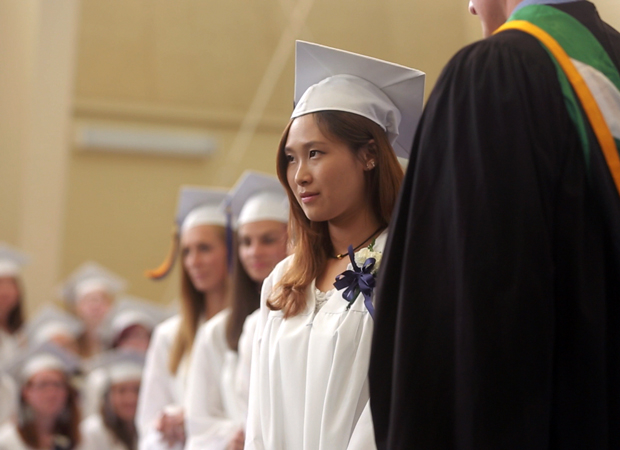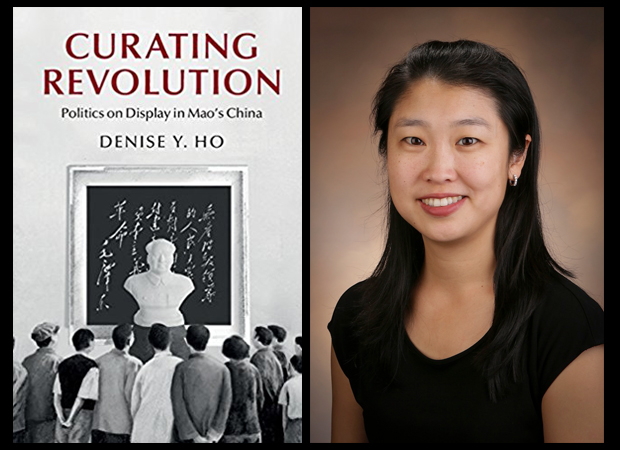Cambridge University Press: How did China’s Communist revolution transform the nation’s political culture? In this rich and vivid history of the Mao period (1949-1976), Denise Y. Ho examines the relationship between its exhibitions and its political movements. Case studies from Shanghai show how revolution was curated: museum workers collected cultural and revolutionary relics; neighborhoods, schools, and work units mounted and narrated local displays; and exhibits provided ritual space for ideological lessons and political campaigns. Using archival sources, ephemera, interviews, and other materials, Ho traces the process by which exhibitions were developed, presented, and received. Examples under analysis range from the First Party Congress Site and the Shanghai Museum to the “class education” and Red Guard exhibits that accompanied the Socialist Education Movement and the Cultural Revolution. Operating in two modes—that of a state in power and that of a state in revolution—Mao era exhibitionary culture remains part of China’s revolutionary legacy.
Related Reading:
“The Double Helix of Chinese History and Its Powerful Leader,” Denise Y. Ho, The Japan Times, March 20, 2018
“Fifty Years Later, How Is the Cultural Revolution Still Present in Life in China?,” ChinaFile Conversation, ChinaFile, April 19, 2016
“The Cultural Revolution at 50 — A Q&A with Four Specialists (Part Two),” Alexander C. Cook, Los Angeles Review of Books, March 2, 2016
“The Cultural Revolution at 50: A Q&A with Four Specialists (Part One),” Alexander C. Cook, Los Angeles Review of Books, February 24, 2016
“Chairman Mao’s Everyman Makeover,” Denise Y. Ho and Christopher Young, The Atlantic, December 19, 2013
Author’s Recommendations:
The Gender of Memory, Gail Hershatter (University of California, 2014)
Anyuan: Mining China’s Revolutionary Tradition, Elizabeth Perry (University of California, 2012)
The Temple of Memories, Jun Jing (Cambridge University, 1996)





